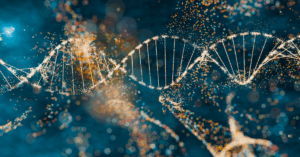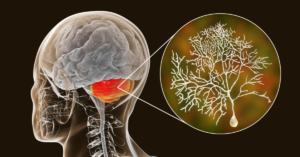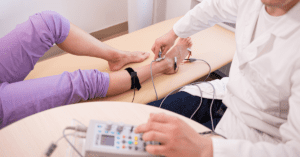
Snapshot: What is RFC1?
RFC1 is a gene that encodes for replication factor C subunit 1, a component of the protein replication factor C (RFC), which plays an important role in DNA synthesis. RFC recruits DNA polymerase, the protein that assembles the building blocks of DNA, to where the DNA needs to be made. Read More…










